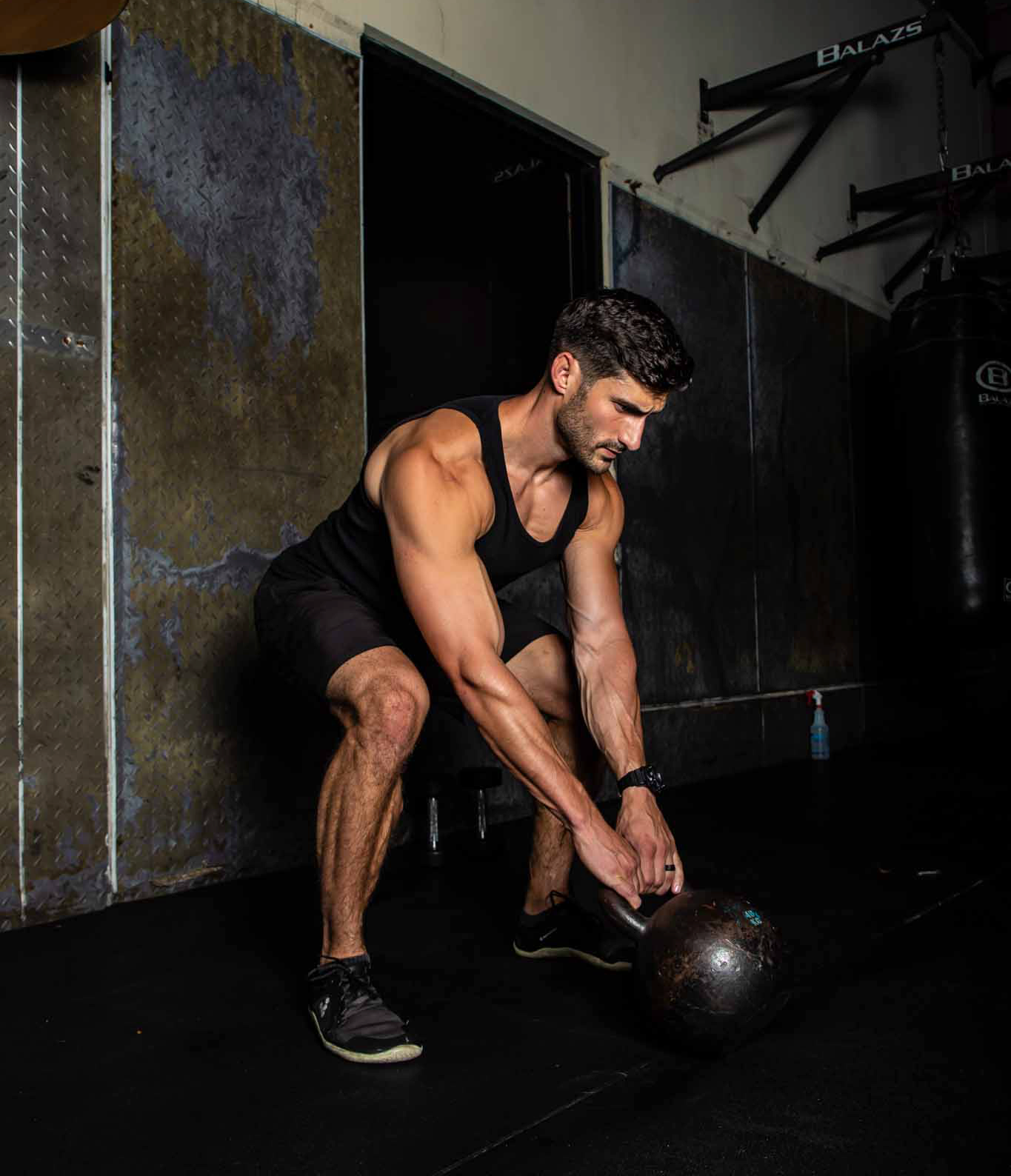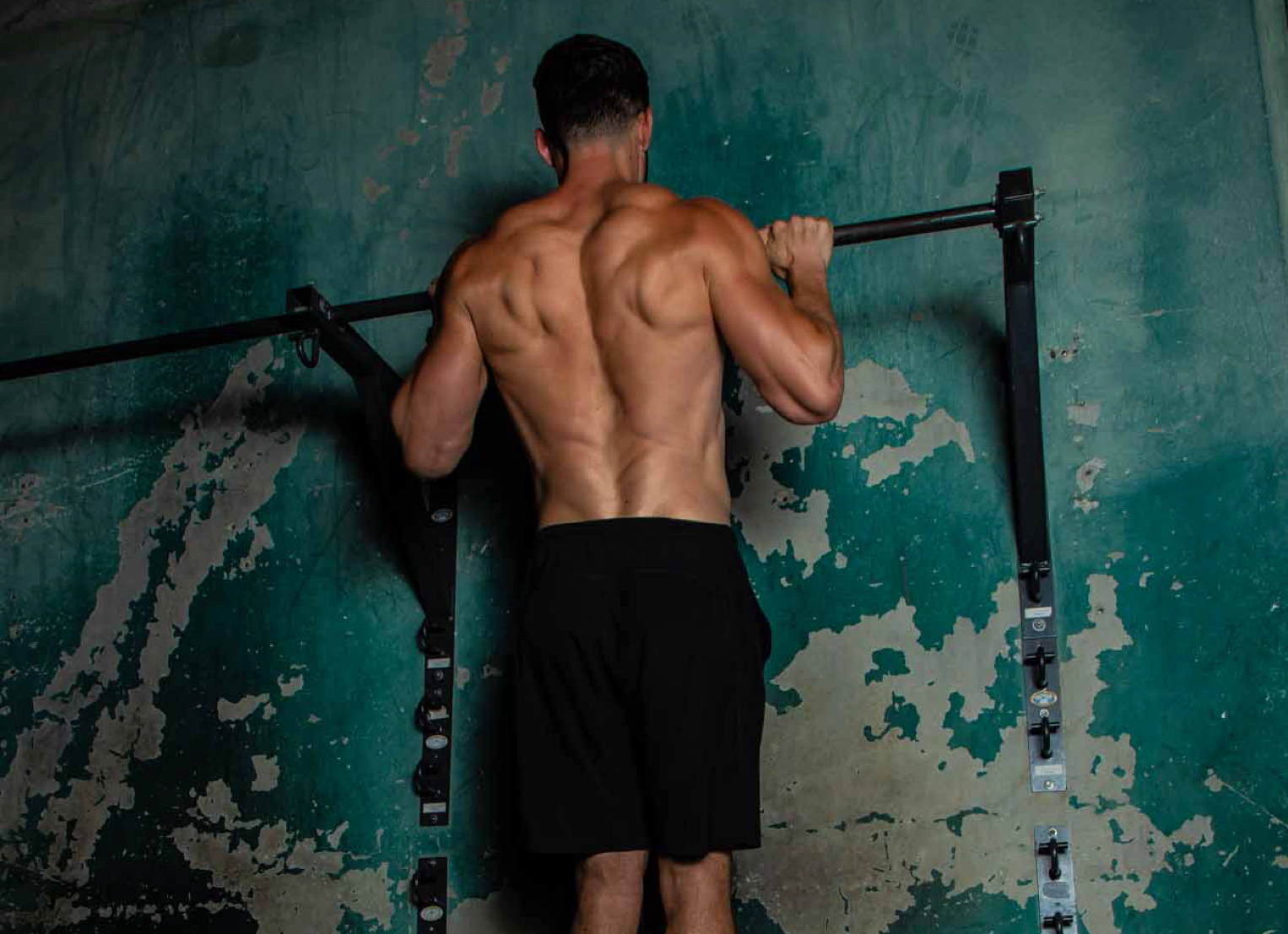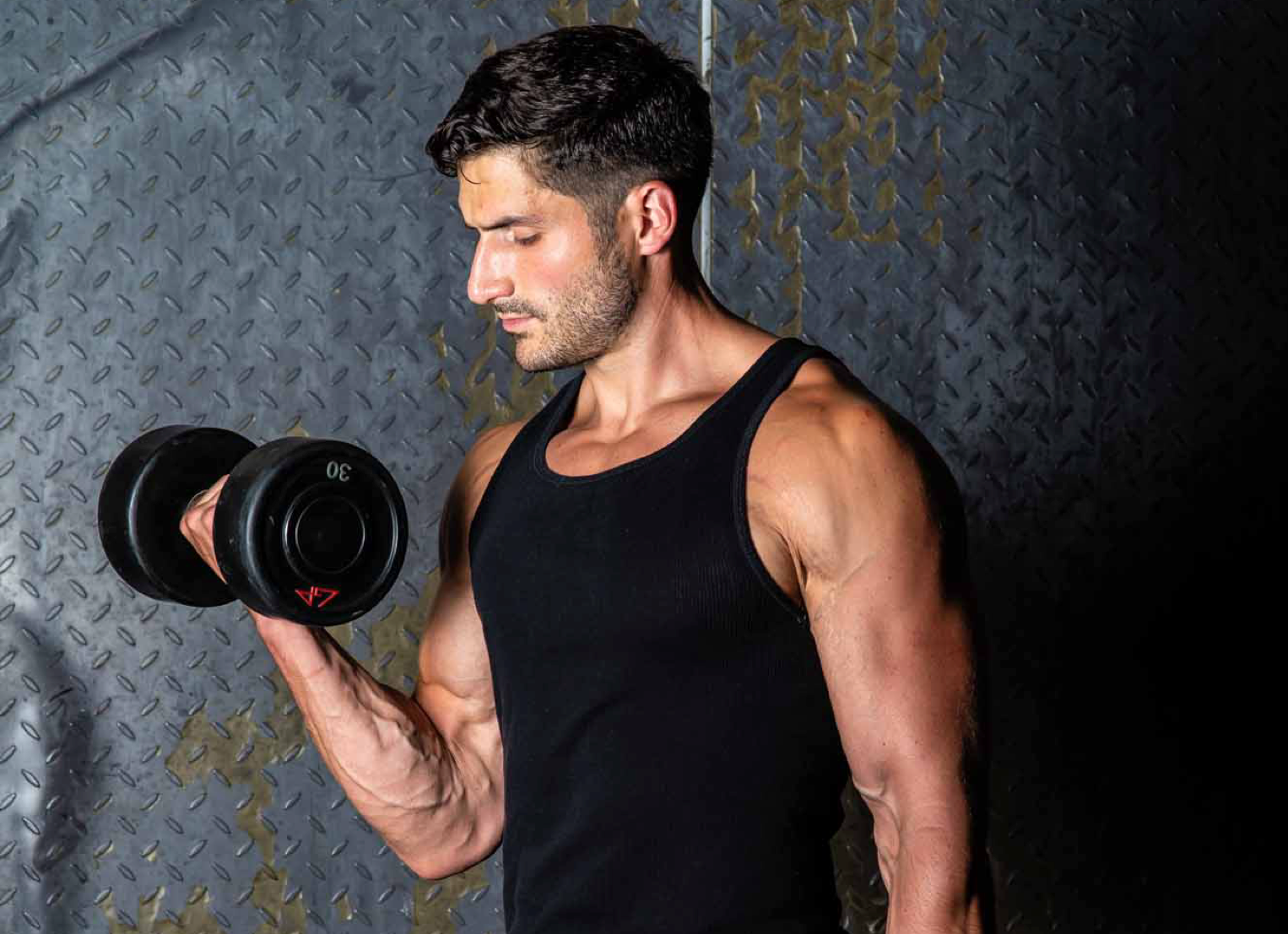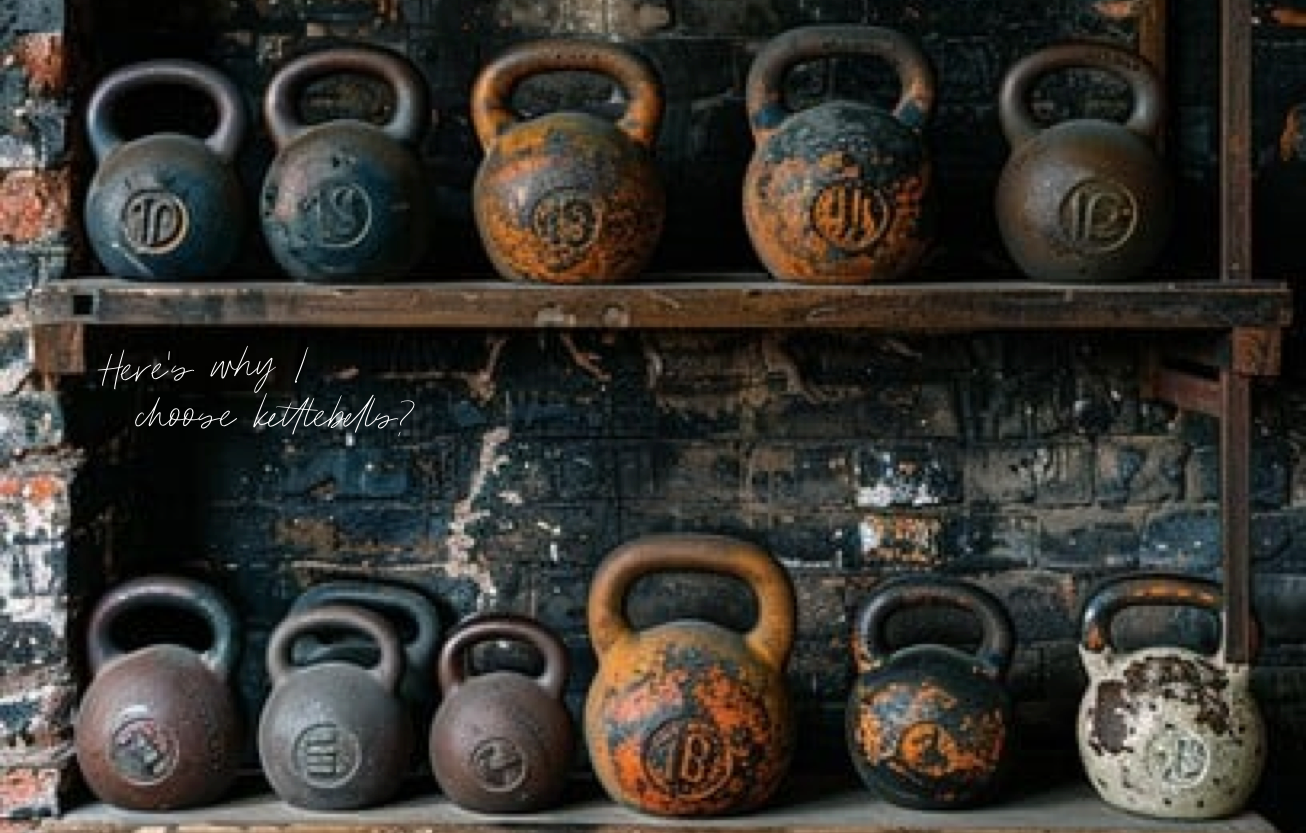How it all started
I’ve been a trainer for 15 years.
I discovered kettlebell workouts in 2007 through a friend’s dad, who owned a fitness studio and was one of the early adopters of RKC. He gave me my first job as a personal trainer in 2010 and helped lay the foundation of my coaching style.
While I used all types of tools, including goblet squats, push-ups, dumbbell deadlifts, and cardio circuits, those early years were where I sharpened my skills with the bell.
I discovered kettlebell workouts in 2007 through a friend’s dad, who owned a fitness studio and was one of the early adopters of RKC. He gave me my first job as a personal trainer in 2010 and helped lay the foundation of my coaching style.
While I used all types of tools, including goblet squats, push-ups, dumbbell deadlifts, and cardio circuits, those early years were where I sharpened my skills with the bell.



